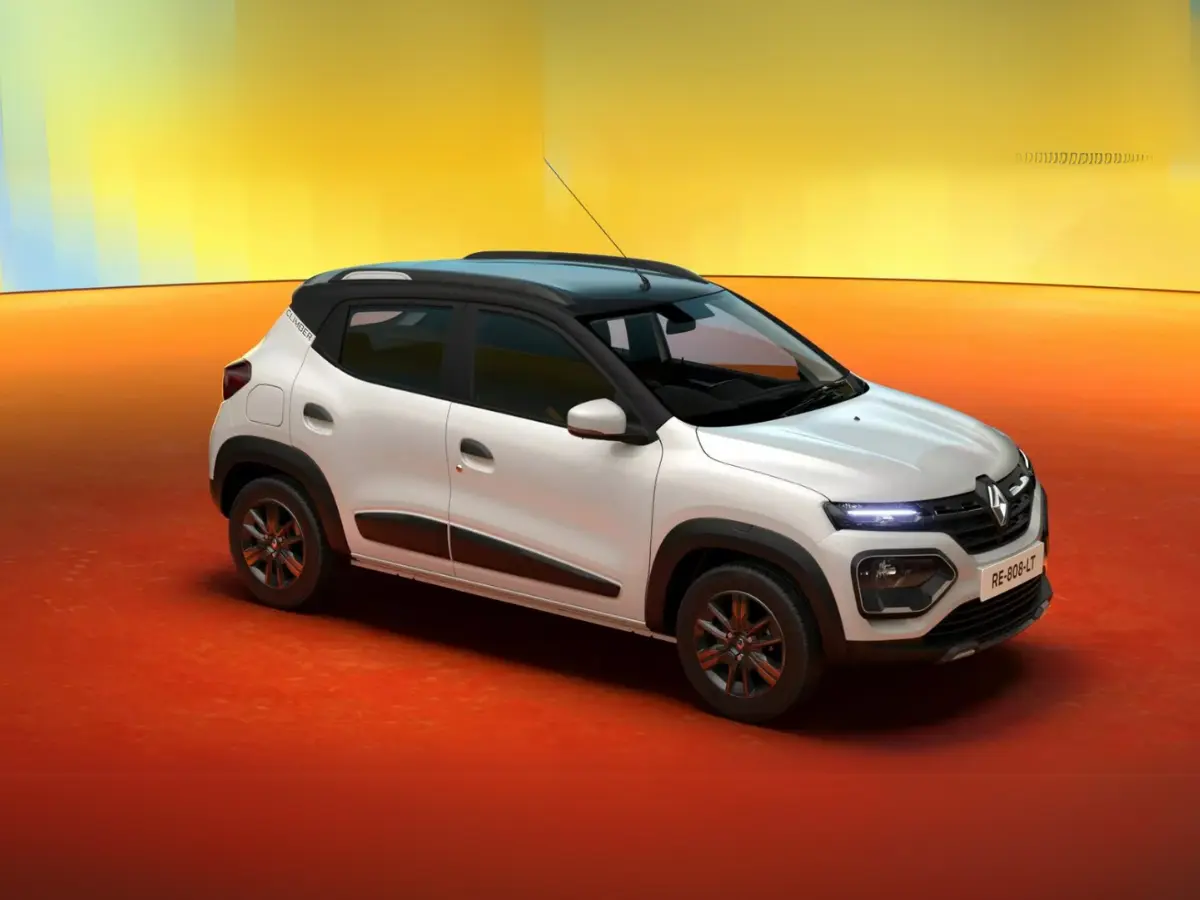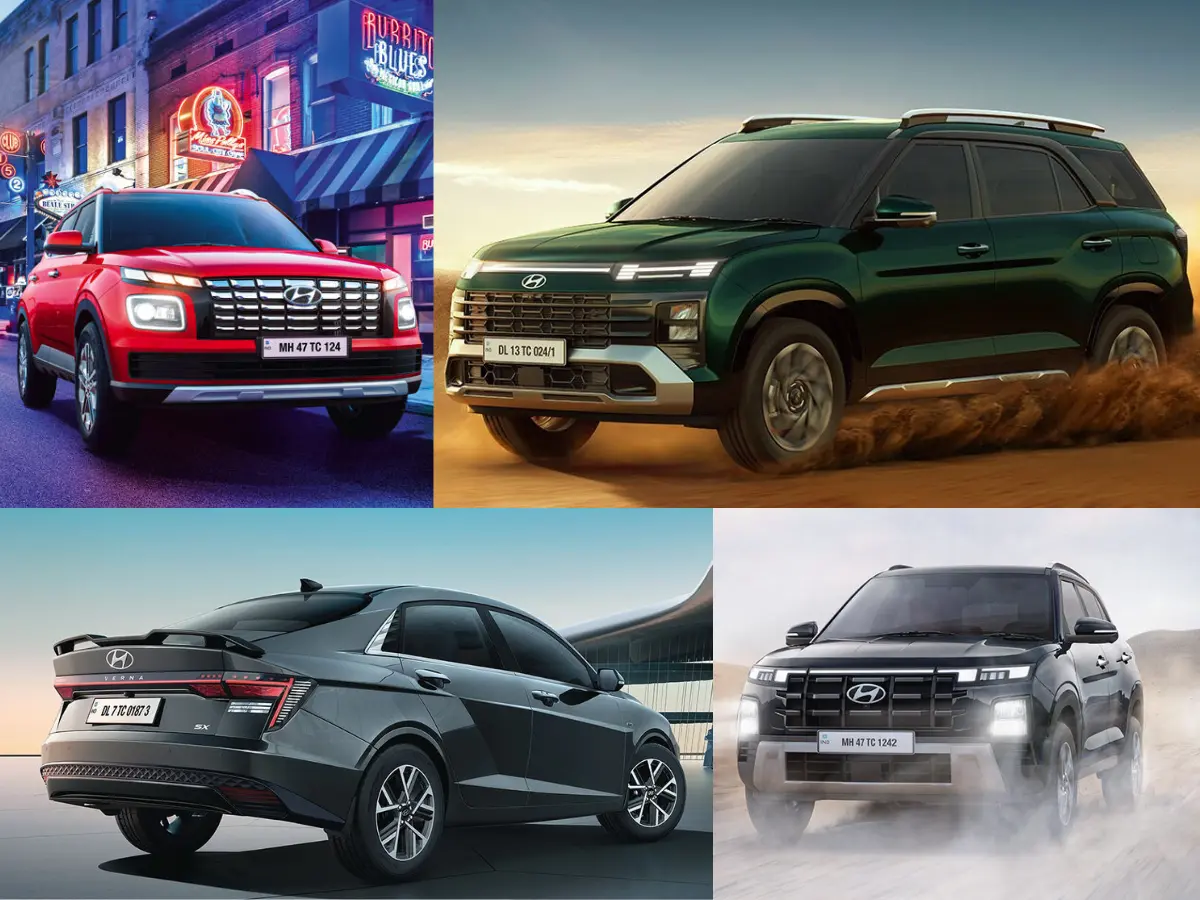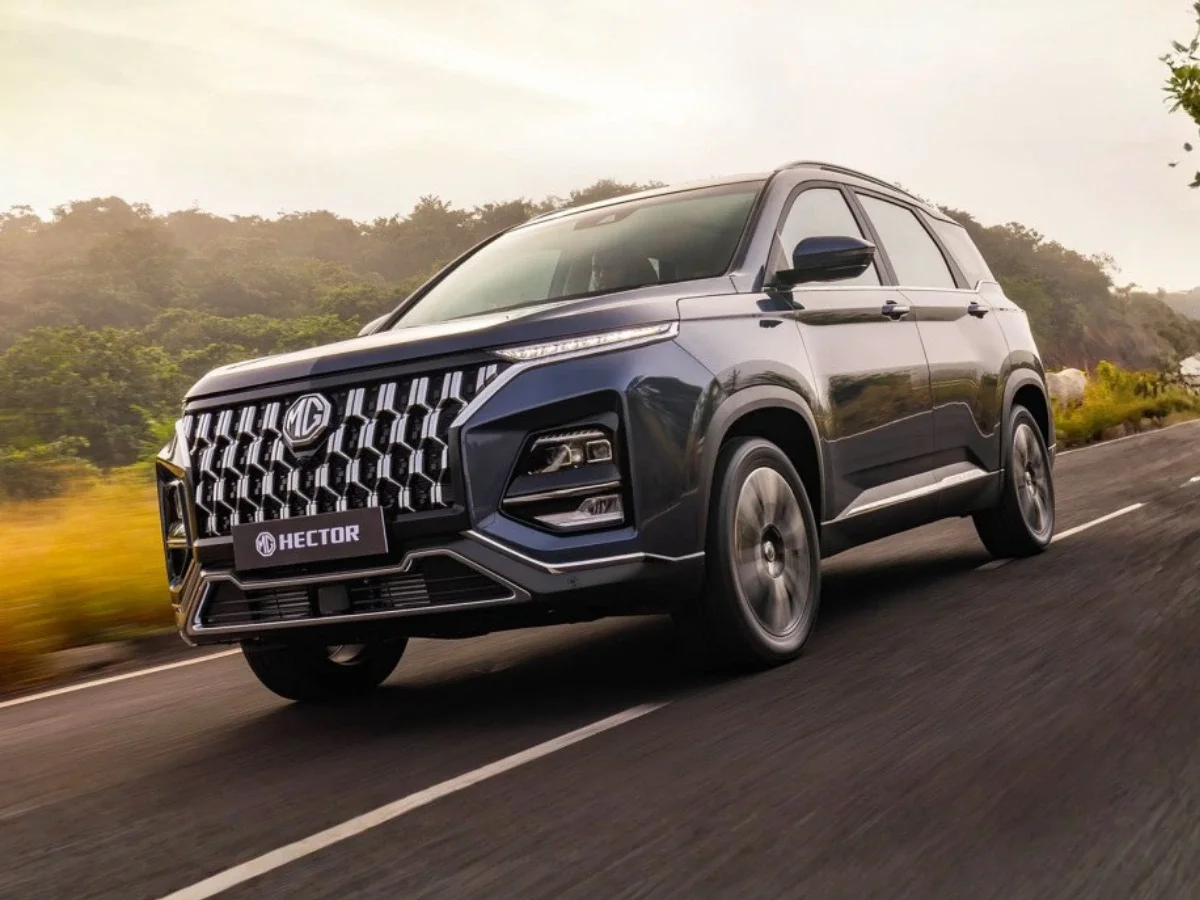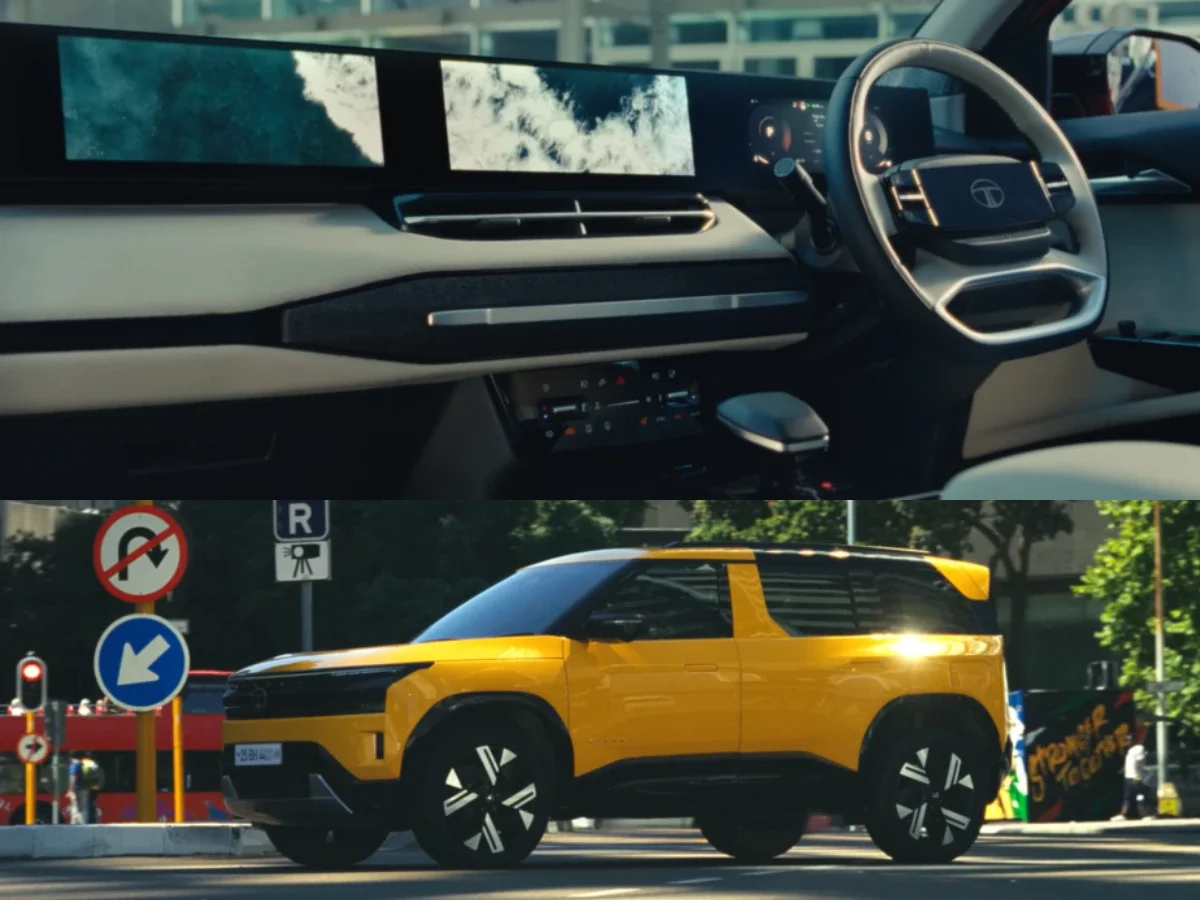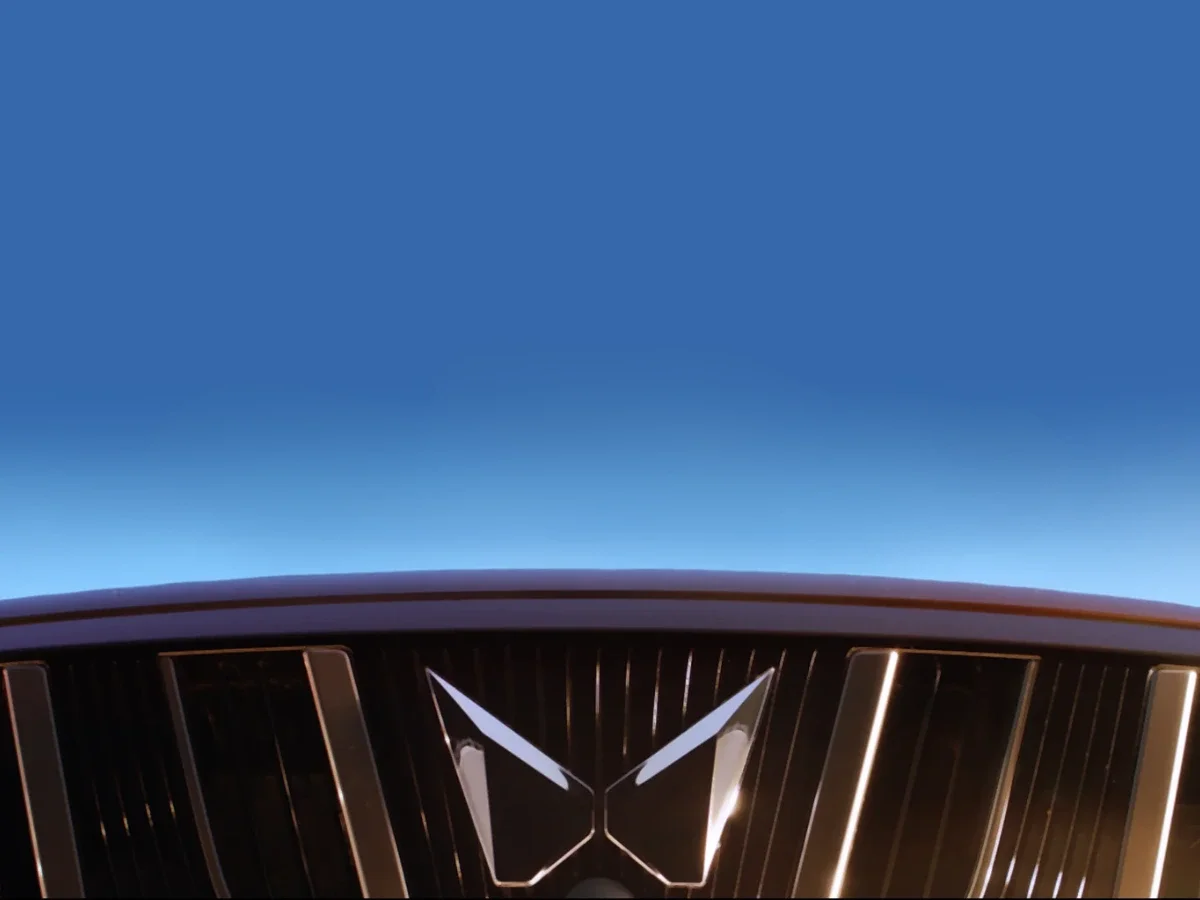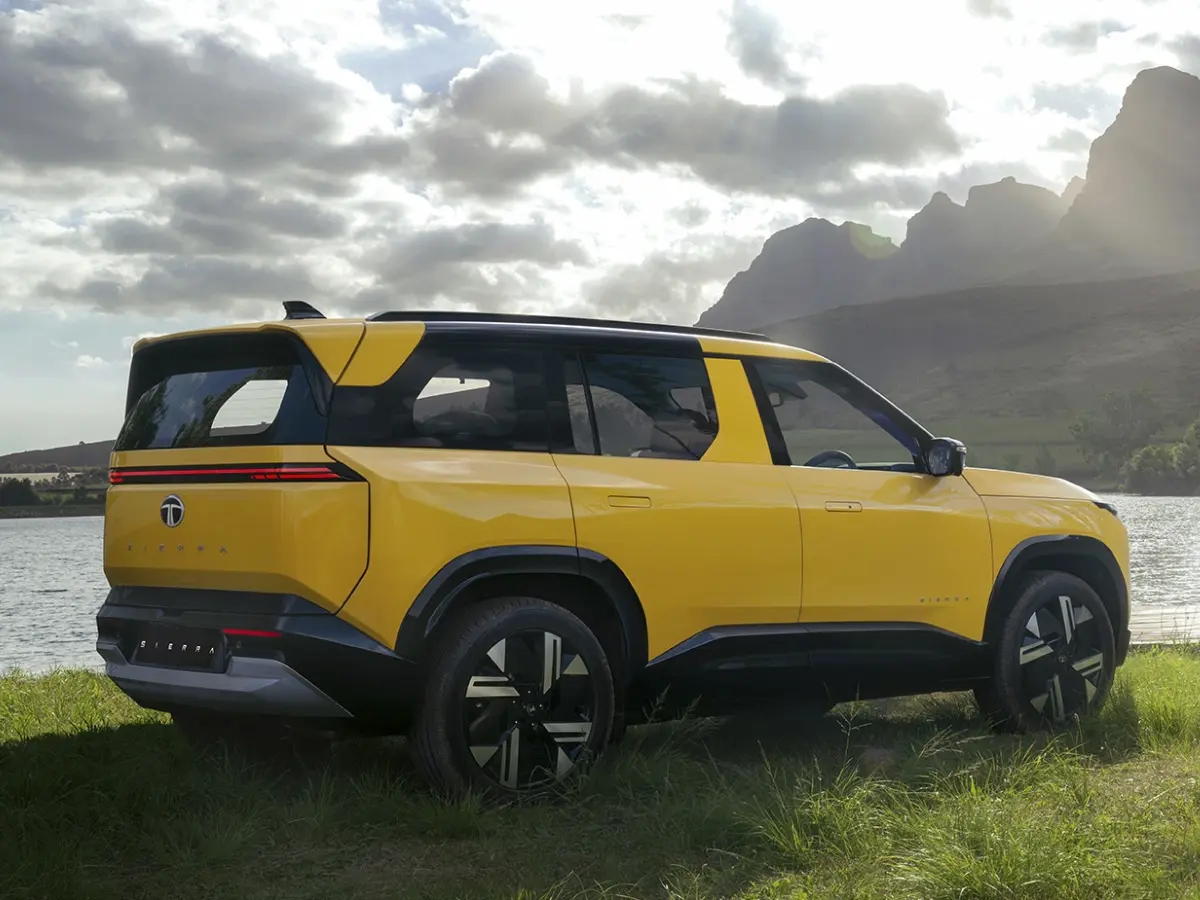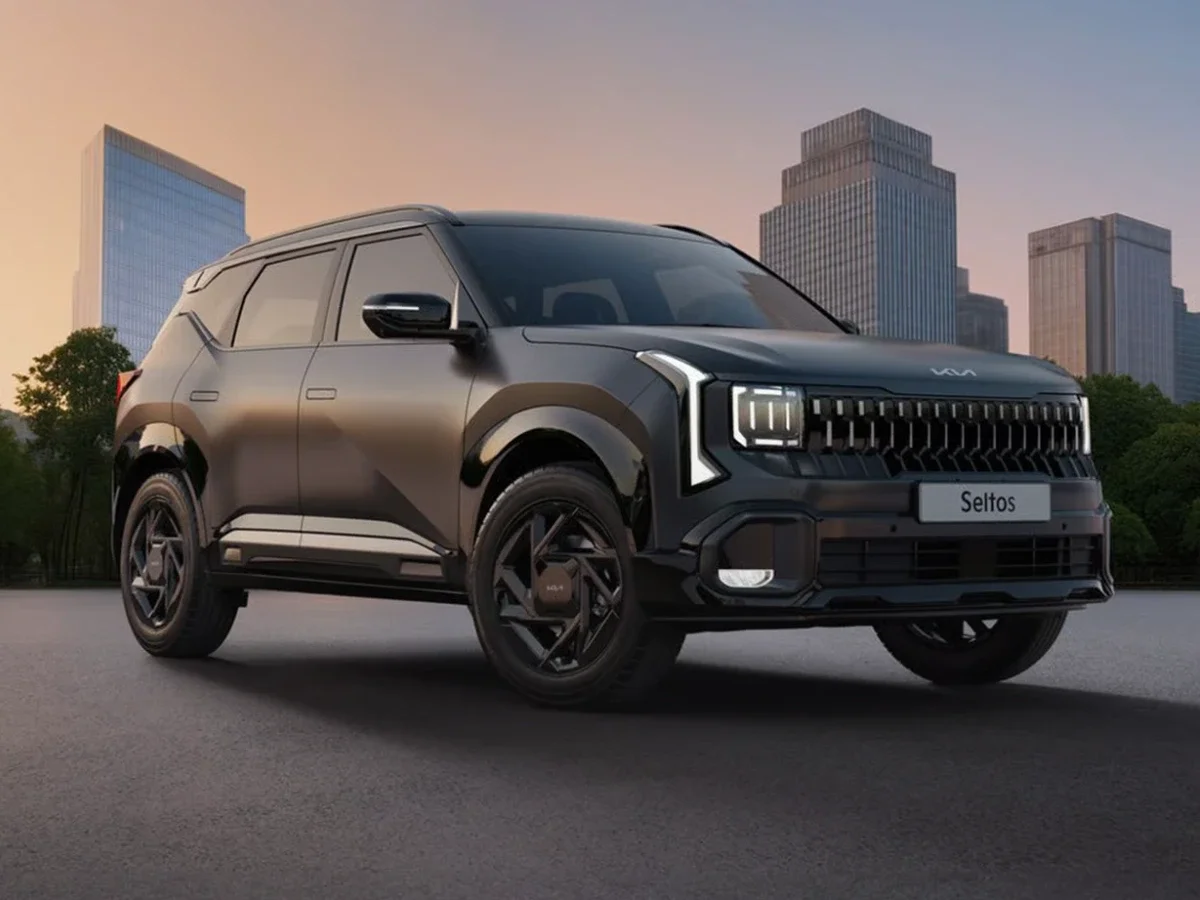

India-UK trade deal signed — 10% tariff applicable on these conditions
- 1Imported cars to benefit from reduced tariffs in a phased manner
- 2EVs costing under £40,000 to get no tariff benefit in short-term
- 3Tariff slabs set based on engine capacity and years of agreement
The moment you all have been waiting for is here—the India-UK trade deal has officially been signed and it brings good news for automotive enthusiasts. Read on to know more about the India-UK trade deal and the 10% tariff, which is only applicable after certain conditions have met.
India-UK trade deal — What is it?
India and the United Kingdom have been long discussing a free trade agreement, with the talks resuming back in February 2025. Both governments have now come to agreement on the terms and the official agreement is signed. This will facilitate easier and enhanced trade between two of the world’s largest economies.
Also Read: 2025 MG Cyberster price in India announced — India's cheapest convertible!
India-UK trade deal to bring down tariffs on ICE cars
The biggest advantage—atleast in the short term—is going to be applicable on the ICE cars imported from the UK to India. The Indian government will begin to ease tariffs on imported cars from the UK in a phased manner, ensuring minimal disruptions to the local automotive industry. From the first year of implementation, ICE vehicles imported from the UK will see a reduction ranging between 30-50% for up to a quota of 20,000 cars.

Find a detailed information of breakup of tariff in the table mentioned below:
| Year | Tariff (Petrol >3000cc / Diesel >2500cc) | No of Cars | Tariff (Petrol 1500–3000cc / Diesel 1500–2500cc) | No of Cars | Tariff (Up to 1500cc) | No of Cars |
| 1 | 30% | 10,000 | 50% | 5,000 | 50% | 5,000 |
| 2 | 25% | 12,500 | 40% | 6,000 | 40% | 6,000 |
| 3 | 20% | 15,500 | 30% | 7,000 | 30% | 7,000 |
| 14 | 10% | 8,325 | 10% | 4,163 | 10% | 4,163 |
| 15+ | 10% | 7,500 | 10% | 3,750 | 10% | 3,750 |
No threat to domestic EV/hybrid manufacturers
Importantly, the agreement does not reduce tariffs on zero-emission vehicles imported beyond the set quotas, offering protection for domestic EV and hybrid manufacturers. Electric, hybrid, and hydrogen-powered vehicles priced below £40,000 (CIF) will not attact any tariff reduction benefits under the new agreement. For zero-emission vehicles priced between £40,000 and £80,000, import tariffs will initially be reduced to 50%, with a quota of 400 units, eventually dropping to 10% with a 2,000-unit quota by the 15th year.
Also Read: Jaguar Land Rover to begin vehicle local assembly in Tamil Nadu by 2026
For premium zero-emission cars priced above £80,000, duties will start at 40% with an annual import quota of 4,000 units, and will also decrease to 10% with an expanded 20,000-unit quota from the fifteenth year onward. This structure is expected to benefit luxury automakers such as Jaguar Land Rover.
Stay updated with all the latest happenings & developments in the automotive world by joining our official AUTOVERSE WhatsApp community. Also, don’t forget to check out our YouTube channel, AUTOVERSE by CARS24, for key details & visuals.
